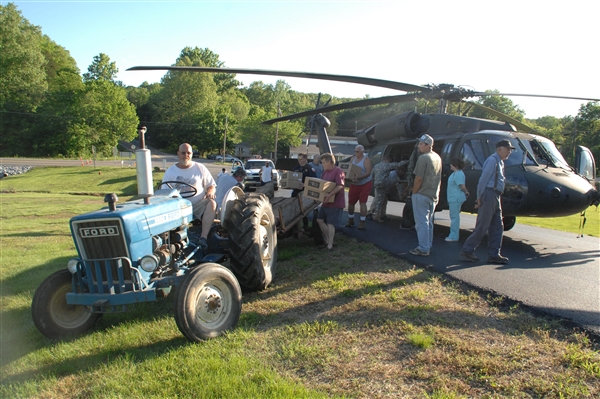The First Fleet operated its training program all day long with no break in between to move a step closer to establish a combat-oriented fleet. Named the “24-Hour Combat,” this drill program was designed to train its soldiers to experience conditions that closely resemble real combat and to further enhance their teamwork and counteraction capability.
This unprecedented drill lasted all day on Feb. 6 without the designated time for meal, sleep, and breaks at all. In particular, more than 50 watch officers, who comprised one-third of the total personnel on the Masan, thoroughly checked the trainees’ combat capabilities on board and their capabilities to cope with the problems in a crisis.
The drill started immediately after the arrival of a report that a boat fishing, in the waters off Sokcho at 9 a.m. on the morning of Feb. 6, had discovered an object, believed to be a submarine. The frigate command and control center immediately ordered the Masan, which had been at anchor in the harbor, to mobilize it.
As the ship moved out, the watch officers assigned the sailors various situations such as a fracture of the finger and a breakdown on the navigation radar.
Under the direction of their captain, the trainee sailors moved in perfect order to cope well with the given situations.
After finishing the antisubmarine situation, they went on to the tactical drills to counteract local provocations taking place around the North Limit Line (NLL), de facto inter-Korean maritime border, to win battles at sea, and to deal with the situations of failures in generators and communications.
There was also a nighttime fire drill. This drill was aimed at being conducted in a realistic battleground environment. The environment was provided by smoke bombs thrown inside the ship room.
Taking combat ration for their meals wherever they stay, the seamen displayed to the full the tactics and techniques they had honed all the while. The evaluating officers carefully checked the trainees’ every movement following them like a shadow.
The exercise lasted exactly 12 hours until 9 a.m. on Feb. 7. The Masan frigate was tested a total of 111 drill items. Those items include 8 basic drill items like antisubmarine, anti-surface ships, and surface-to-air, operations, and 41 tactical drill items like torpedo evasion, and 62 troubleshooting drill items like handling the failures in generators and radars.
“Through the realistic combat operations training, we surely gained confidence in our ability to calmly and promptly counteract any situation at any time,” said Lt. Com. Park Chan-woo, in charge of the operations training. “Furthermore, we will correct and supplement all the problems exposed in the course of the drill as soon as we can, so that we can be equipped with high-quality combat capabilities.”
The fleet has planned to apply the 24-hour combat training program to all the ships under the Fleet, and also, by feeding back the results of the training to the units, to select distinguished units, thereby raising the units’ combat capability.
Source:
Ministry of National Defense[MND], Republic of Korea

 von
von 
